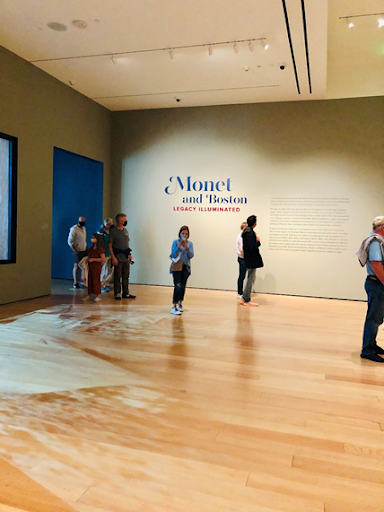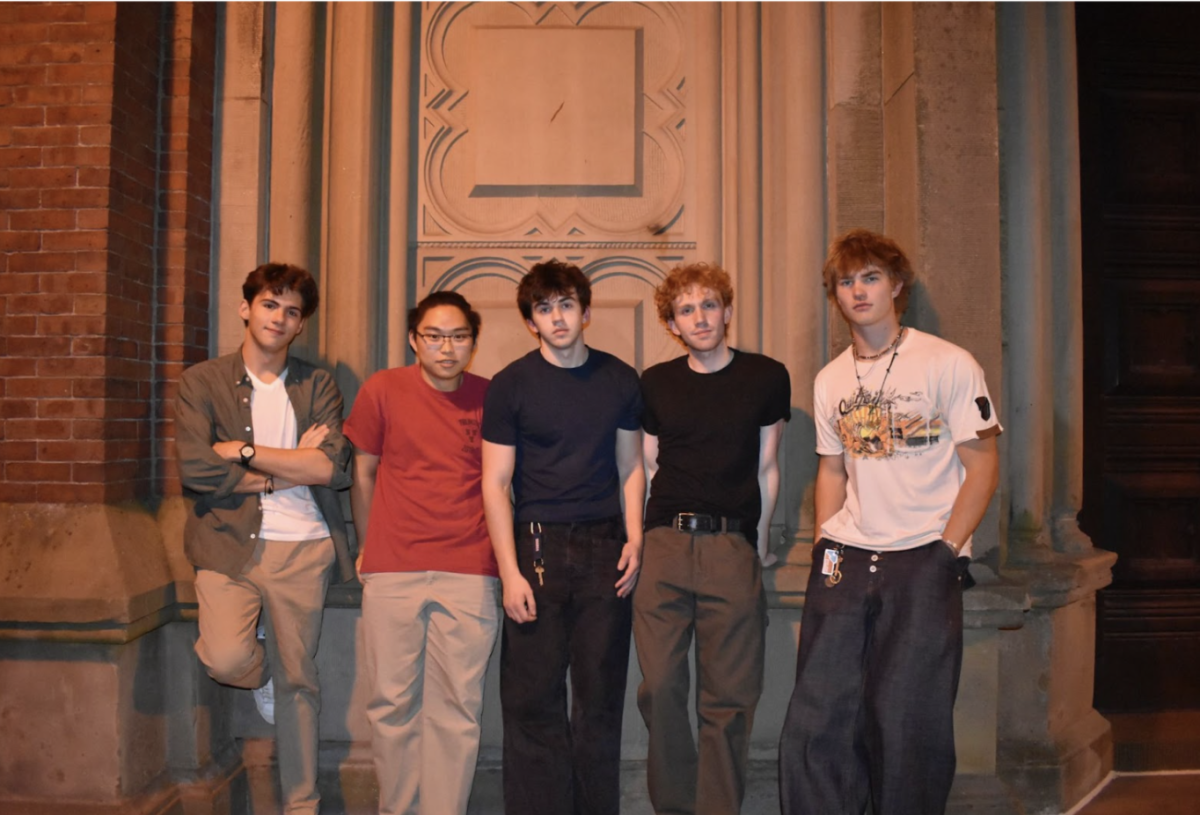From April 17 to Oct. 17, 2021, the Museum of Fine Arts in Boston has showcased its impressive collection of Monet’s artworks with its exhibition “Monet and Boston: Legacy Illuminated.” The exhibit, which includes works from Auguste Rodin and Jean-François Millet, builds upon last year’s “Monet and Boston: Lasting Impression.” Featuring 25 pieces drawn from the MFA’s collection and loans from local private collections, “Legacy Illuminated” is a love letter to the Impressionist movement and its lasting effect on Boston.
Claude Monet (1840-1926) was a French painter whose oil painting entitled “Impression, Sunrise” (1872) gave the Impressionist movement its name. Though Monet never traveled to Boston, he found a receptive audience there because of the area’s connection to nature and transcendentalism, the dominant religious movement in 19th century Boston. His paintings hung in collectors’ homes and art galleries across the city, and the MFA received its first three Monet pieces in 1906. Now, the museum holds one of the largest collections of his work outside of Paris.
“Legacy Illuminated” begins with Sacha Guitry’s 1915 film of Monet painting water lilies in his Giverny studio, and just by watching the black-and-white film, you immediately understand Boston’s fascination with Monet’s sharp and quick artistic process.
Upon entering the first hall, an ivory wall introduces viewers to Monet and the French avant-garde art by claiming that “perhaps no other artist has captured Boston’s imagination as enduringly as Monet.” The first hall observes landscapes of French harbors from the early years of Monet’s career, and the next hall, with charcoal walls and dim lighting, demonstrates a bold departure from scenes of the French countryside.
Monet paintings, rich with Japanese influence, are interspersed within the MFA’s “ukiyo-e” collection, a genre of art composed of woodblock prints. “La Japonaise” (1876) takes center stage and features Monet’s wife, Camille Monet, posed in a bright red kimono that bears a striking resemblance to the women posed in neighboring ukiyo-e prints.
The adjoining hall celebrates Monet’s predecessor Jean-François Millet (1814-1875), whose French landscapes and depictions of rural life paved the path for Impressionism. Millet’s “The Sower” (1850) and “Washerwomen” (1855) are displayed alongside plaques that offer “Boston Stories,” anecdotes that stress the Boston audience’s admiration for his unpretentious depictions of nature.
In the last hall, viewers examine a fusion of Monet and Rodin, and the juxtaposition of Impressionist sculptures and paintings against the museum’s soft lighting creates the hazy impression of sunlight Impressionist artists yearned for. The exhibition concludes with Monet’s “Morning on the Seine, near Giverny” (1896-1897). His renderings of the sunrise’s progress serve as the perfect ending to an exhibition dedicated to his own progress as an artist.
“Monet and Boston: Legacy Illuminated” offers an intriguing, intimate approach to art that’s instantly recognizable. It’s true that Monet saw the world differently, glorifying and beautifying it with every brushstroke. But the MFA’s display of his soothing colors and smudged edges allows viewers to modify the mundane with Monet in Boston.




